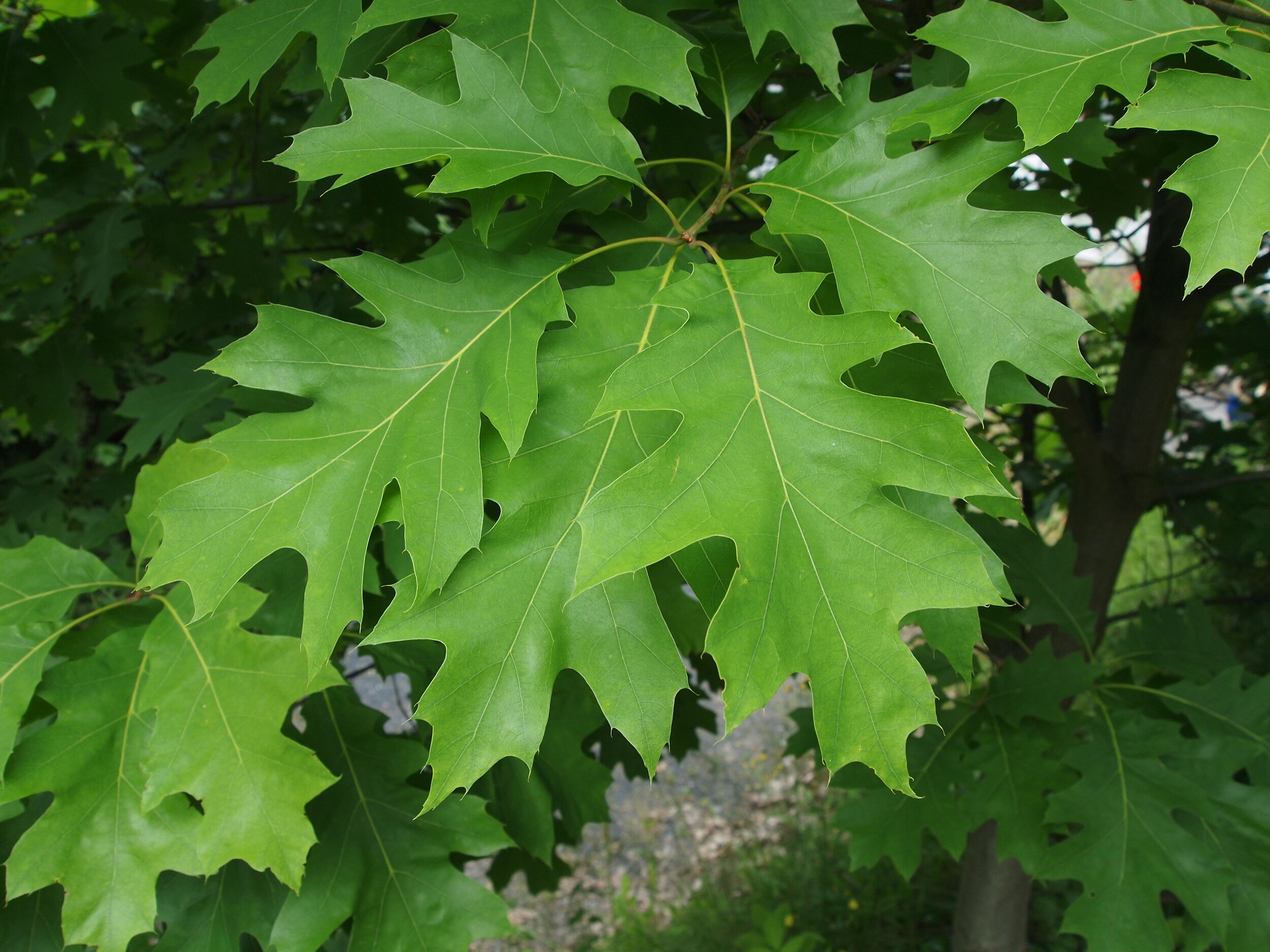Give it (and yourself) a rest in May!
Well, here it is, nearly the end of May and I’m only just now finding out about the No Mow May movement! Started in 2019 by a nonprofit in Britain called Plantlife, No Mow May encourages us to leave the mowers in the shed and let our lawns grow a bit more wild. Stopping mowing allows a more diverse array of plants to grow and bloom in our yards, providing nectar for a variety of bee species. But not mowing or mowing less has other added benefits—gas-powered lawn mowers are heavy carbon emitters, a single hour of pushing your lawn mower around is the equivalent of driving 300 miles! Frequent mowing also compacts the soil, making the grass less healthy overall. If you’re looking to reduce lawn in your yard or switch over to something that requires less mowing, get in touch! I’d love to help you find ways to decrease mowing not just in May, but all year long.








